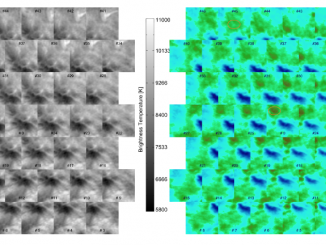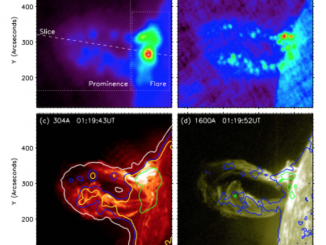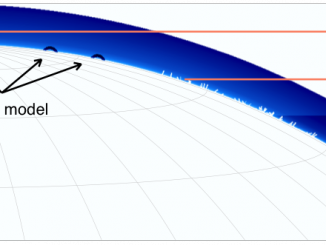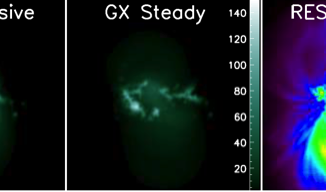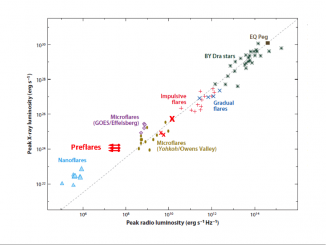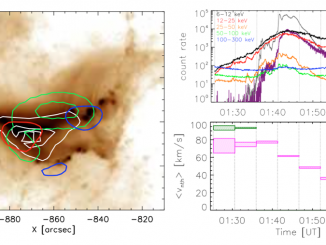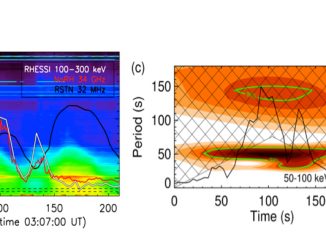Connecting EUV Observations of Chromospheric Large-Scale Flows and their properties at particular heights using Nobeyama 17 GHz data: I. The differential rotation profile by S. Routh et al.
The phenomenon of differential rotation in the Sun, described by Eq.1 where A is the equatorial rotation rate, A and C are latitudinal gradients and $\theta$ is latitude, is a cornerstone of solar dynamo theory. While helioseismology and feature tracking in optical and EUV wavelengths have helped map this profile at the surface and in the deep interior, ambiguity remains in the higher layers of the solar atmosphere, largely due […]


